Without really pointing it out, what I’ve been doing with this three-part blog called BasSmart is nothing more than following an old formula that we have been using on The Fish’n Canada Show for almost 40 years. It’s called KLP. K stands for knowledge, L is for location, and P is presentation. These are the three most important building blocks to use when learning to fish. So far, we have discussed bass behaviour, which is K for knowledge. We talked about where bass hang out; this was L for location. Now it’s time to close the loop and discuss how to catch them—or P for presentation. In this segment, I’m going to detail what I believe are the best bass lures and methods for catching Largemouth Bass. Keep in mind, it would be impossible to cover every presentation ever used to catch bass. But suffice it to say, master these and you are well on your way to becoming BasSmart.
What lures are best for bass? Because the answer is dependent on a number of variables that can change depending on the day, the time, the location, it’s easier to determine what are the best bass lures for different situations. Here is a list of the most effective bass lures and when/how to use them (in no particular order):
BEST BASS LURES | 1. WEEDLESS SPOONS
First things first: When I use the word spoons as it pertains to bass fishing, I mean weedless spoons—not the more traditional versions used for pike, trout, or salmon with treble hooks hanging off the back.
In my opinion, spoons are very underutilized by most bass anglers today. There are several types of weedless spoons on the market, but one spoon has long been the standard and the most popular Largemouth Bass spoon of all time: the Johnson Weedless Silver Minnow.
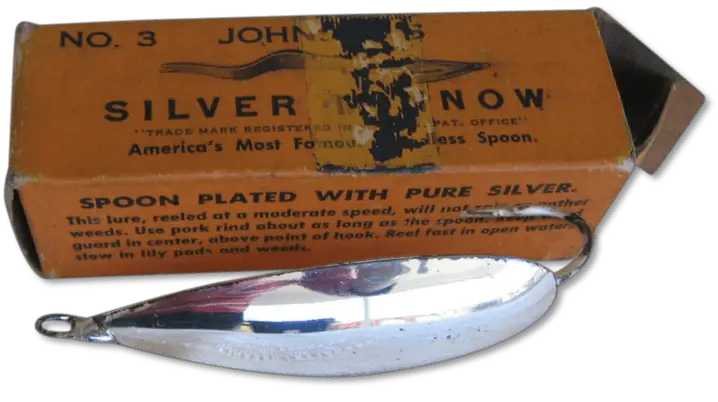
Today, you can get this spoon in a multitude of colours, patterns and sizes. It’s still one of my go-to baits for slop and pads. I usually fish it with a white or chartreuse coloured trailer, either a rubber skirt or a plastic frog.
The perch pattern with a chartreuse skirt or pork trailer is also a favourite.


The First Strike
Station your boat outside of the target area, cast the spoon deep into cover and “walk” it back along the surface. Allow it to flutter down into openings or ambush areas. Always be prepared for a strike. Remember, when a bass hits a spoon that is below the surface, set that hook instantly—and like you mean it. On the other hand, when bass hits it on the surface, hesitate an instant before setting the hook. This hesitation allows the fish to actually close its mouth on the bait.
Remember what I said earlier: in pads and other really heavy cover like slop, Largemouth generally make a first strike (mouth closed) to disorient their prey and then move in for the kill. Rule of thumb: If you don’t see the strike, set the hook immediately. However, if you see the boil or splash, count to at least three before you heave, ho!
BEST BASS LURES | 2. PLASTIC WORMS
Plastic worms are hands down the most popular bass-catching bait in the world. There are many colours and styles on the market, some good and some not. All you need to get started is a handful of six to eight inch black worms. Rig them to work through weeds (Texas Rig) and use a bullet or needle-nose sinker in front of the worm.

Twister-tail worms work well, but also attract panfish. I like straight or paddle-tailed worms; they don’t “grab” the weeds, and panfish don’t pester them as much. My personal favourite is a six-inch Senko rigged weedless with no weight.

Again, station yourself outside the target area and cast the worm into or slightly beyond the cover, allowing it to settle in deeper pockets of water. Retrieve it slowly back to the boat, twitching and swimming it enticingly. As with most cases when you are using a slow retrieve, let your rod tip do most of the heavy lifting. Pull your rod in an upward motion from two to twelve o’clock, picking up the slack line with your reel.

Know When to Set the Hook
You will know when a Largemouth picks it up; a slight tick accompanied by a quick pull is your signal to drop your rod tip to about four o’clock, wait for a few seconds, then set the hook as hard as you can. The hook must penetrate the plastic worm and then the bass’s mouth, so make sure to hit that bass hard. Always keep an eye on your line where it meets the water; even the slightest lateral movement can mean you’ve just made contact with a fish. Largemouth will sometimes carry a bait sideways, and when your line moves off track, set that hook! This is a signal that you have a strike.
Here’s a little snippet of info for those plastic baits that didn’t make it through the day.
BEST BASS LURES | 3. THE SPINNERBAIT
This bait is very productive in most applications of Largemouth fishing. Spinnerbaits are weedless and extremely easy to use in all types of situations. Station yourself 20 to 30 feet outside the target area and cast the spinnerbait into cover. Don’t be afraid to toss it right into brush or pads. Areas of extremely thick or matted cover are where you’ll usually find the bigger fish. If you get snagged, you can always go in and retrieve your bait.
Retrieve the spinnerbait at varying speeds until you find the sweet spot. Bring it close to logs and other noticeable ambush areas. You can allow it to flutter down into these pockets as you would with a spoon. Chartreuse or white skirt and silver blade is a good colour combination for bright days, and a brass, bronze or copper blade with dark skirt works well on overcast days.
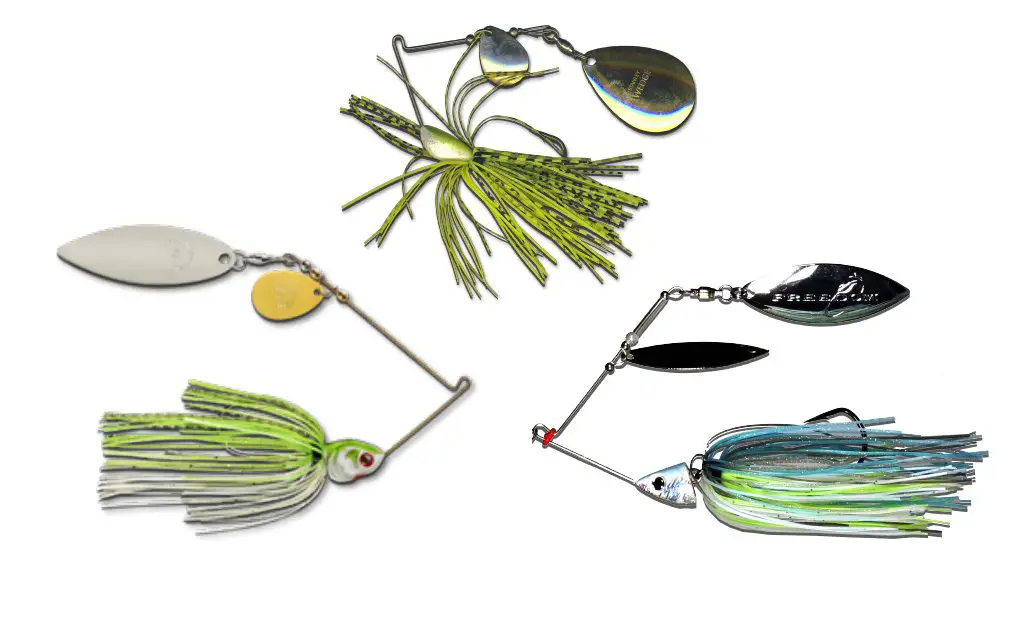
The Key Features of an Effective Spinnerbait

Although today’s spinnerbaits come in a multitude of shapes and colours, there are a few key features I always look for. First and foremost, make sure it has a living rubber skirt. Living rubber provides the best pulsating action, and this, in turn, attracts bass. A good ball bearing swivel on the blade is worth its weight in gold and will assure you consistent blade action.
For spinnerbaits that are intended to be used for casting and retrieving through tight quarters like mat, pads, cane, reeds, wood or weed edges, I always make sure the blade arm is even with or longer than the lead head. This gives the bait a true weedless quality when you’re working it horizontally. Arms shorter than the lead head are more suited for vertical or yo-yo presentations like dunking into holes or flipping into docks or other overhead cover. The short arms are great to helicopter down but not as weedless because the hook is exposed and will not be protected from snags. Spinnerbaits should be a staple in every Largemouth Bass angler’s arsenal.
If the area allows it (not too thick of cover), try adding a stinger or trailer hook to your spinnerbait.
BEST BASS LURES | 4. THE BUZZBAIT
Buzzbaits are basically the same configuration as the spinnerbait, except they have a prop instead of a blade. This prop provides lift so the bait can be used for topwater applications. This is one of the most exciting forms of bass fishing in the world; the action can be insanely fast and furious. There are two basic types of buzzbaits, the conventional offset blade and inline blade. 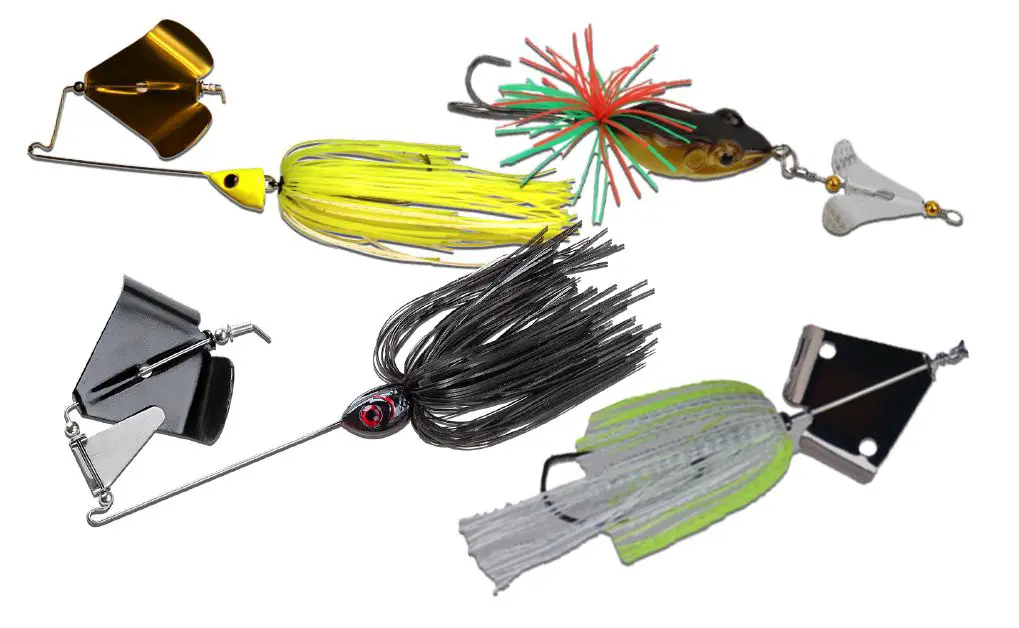 The offset blade is a little more weedless and, in my opinion, a little more effective at calling bass out from heavy cover. One of the places I love to use this presentation is along areas where you have solid overhead cover like undercut banks, docks, moored boats, or extremely thick mat lines. For these areas, you need to line yourself up parallel to and cast along the lengths of this cover. A well-presented buzzbait running down the length of a dock will call those bass out when nothing else will.
The offset blade is a little more weedless and, in my opinion, a little more effective at calling bass out from heavy cover. One of the places I love to use this presentation is along areas where you have solid overhead cover like undercut banks, docks, moored boats, or extremely thick mat lines. For these areas, you need to line yourself up parallel to and cast along the lengths of this cover. A well-presented buzzbait running down the length of a dock will call those bass out when nothing else will.
The inline buzzbait is like a regular inline spinner, only it has a prop instead of a blade. It isn’t quite as weedless as a standard buzzbait. Inline buzzbaits are best suited for fishing stump fields and weed flats where surface cover is minimal.
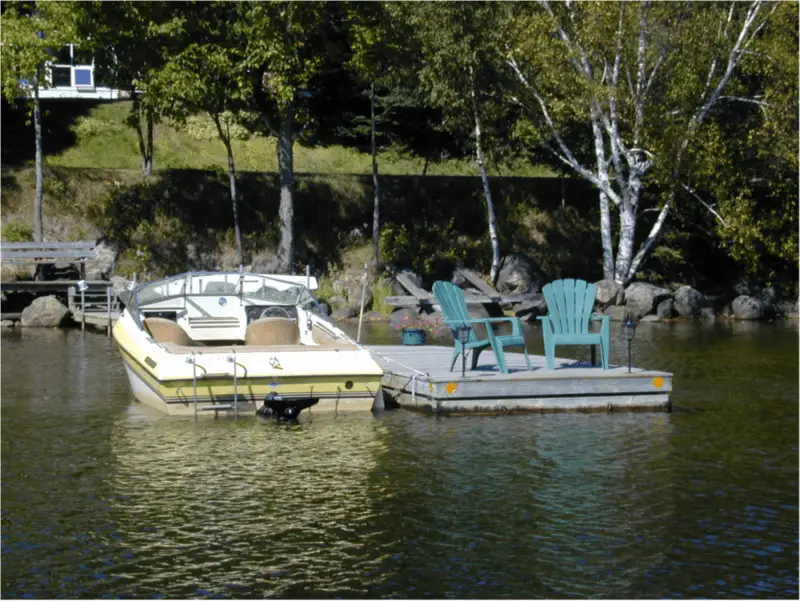
When retrieving through target areas, try to make the bait hit stumps. This contact triggers hits from fish using the log as shelter. Use the slowest possible retrieve, and make sure to hesitate an instant before you set the hook.
Your gear ratio can make all the difference in your retrieve.




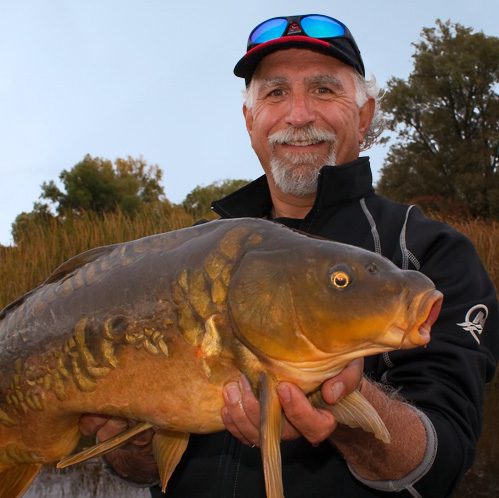
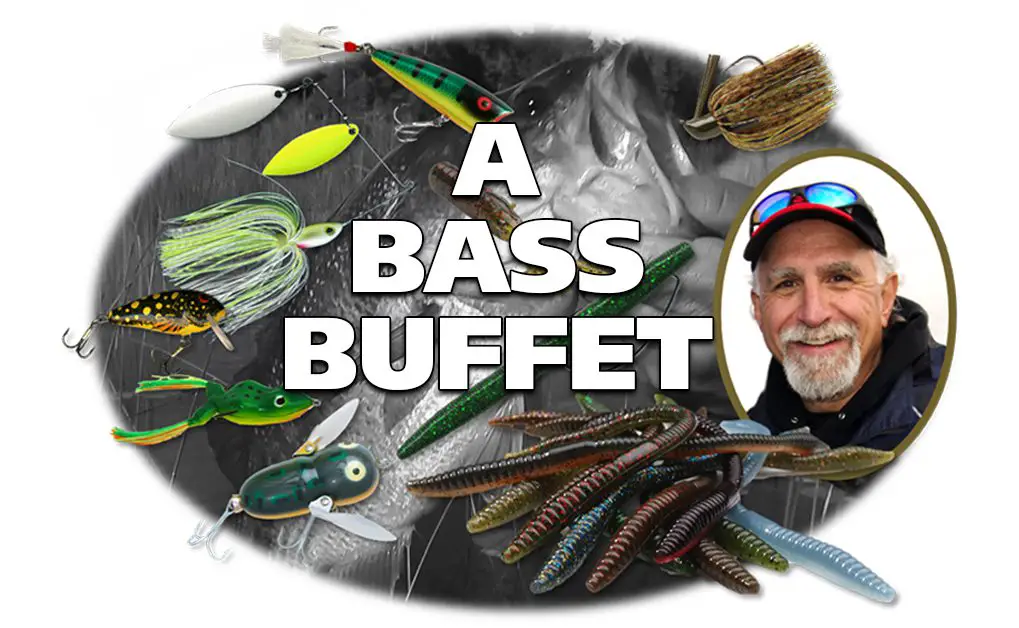

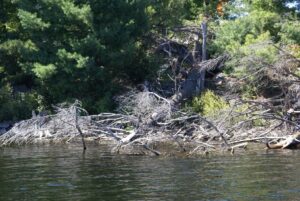
One Response
good stuff